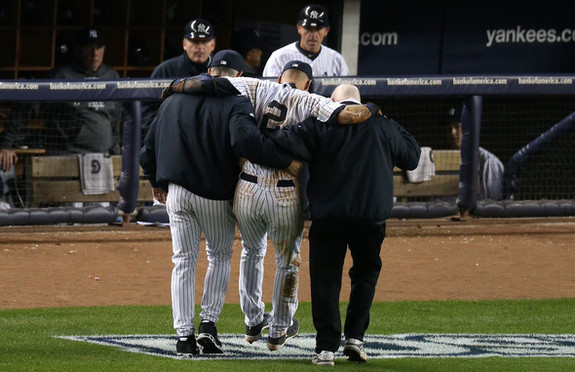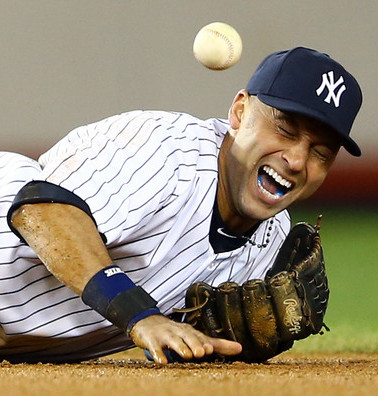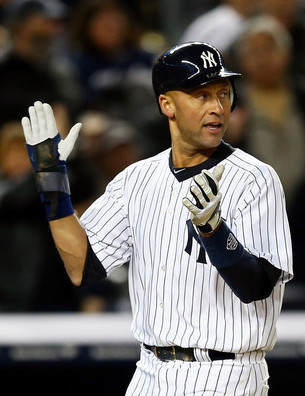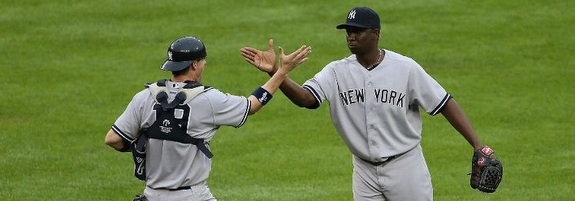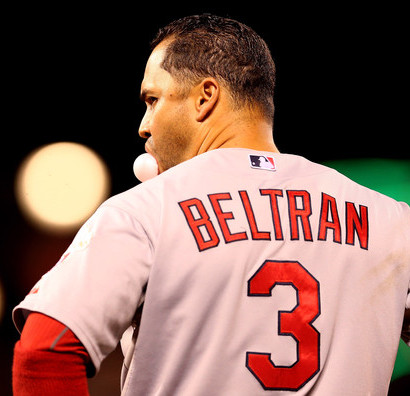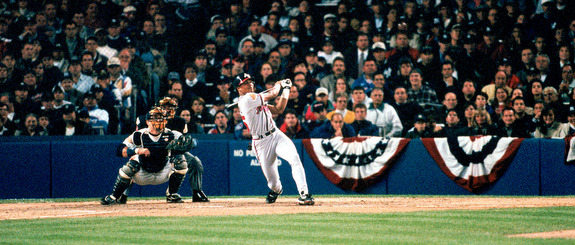Via Sanspo (translated article): The Nippon Ham Fighters will select 18-year-old right-hander Shohei Otani in the first round of the NPB draft tomorrow. Otani, who Ben Badler (subs. req’d) says is one of the top high school prospects in Japan, has already said that he wants to join an MLB team this winter.
The NPB draft is nothing like the MLB draft — every team can select the same player, then his rights get awarded through a lottery. Chad Moriyama explained the whole crazy system. Balder reports that Otani would still be able to sign with an MLB team even if an NPB club drafts him, but the two leagues have an gentleman’s agreement in place preventing them from poaching each other’s amateur players. Otani could instead ask his club to post him a la Yu Darvish and Daisuke Matsuzaka.
